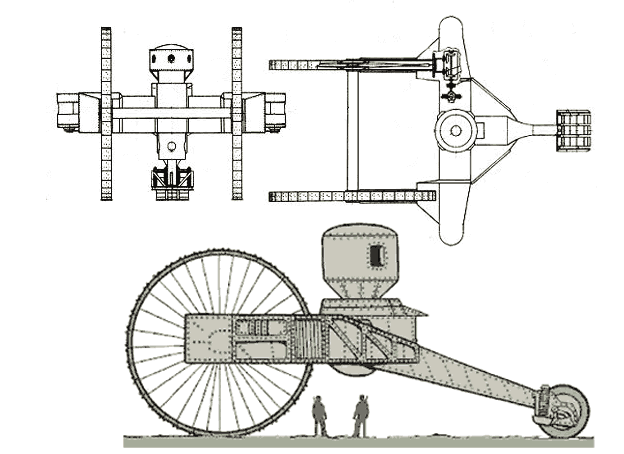The 20-Ton Tank(never actually built):
-Was supposed to weigh 20 tons
Mendeleev's Superheavy Tank(never actually built):
-engine power was to be supplied by a submarine engine, developing 250 hp
Lebedenko's Battle Machine:
-Strange reverse tricycle configuration
-the two front wheels stood 29 feet tall
Battle Caterpillar Machine:
-the front was canted upwards
-turtle shaped hull
-Was supposed to weigh 20 tons
Mendeleev's Superheavy Tank(never actually built):
-engine power was to be supplied by a submarine engine, developing 250 hp
Lebedenko's Battle Machine:
-Strange reverse tricycle configuration
-the two front wheels stood 29 feet tall
Battle Caterpillar Machine:
-the front was canted upwards
-turtle shaped hull

 Got all 4!
Got all 4!
 .
.
